But more than 20 years ago, when UNESCO first recognized Phong Nha - Ke Bang National Park as a World Natural Heritage, it was not only the "green pearl" of Vietnam but also became a center for attracting investment, research and sustainable development.
Phong Nha - Ke Bang has the potential to become the adventure tourism capital of Asia.
PHOTO: QUANGTRI TOURISM
Phong Nha - Ke Bang has the potential to become the adventure tourism capital of Asia. But only when conservation comes before exploitation, this value will last.
Mr. Howard Limbert, British explorer, who led the team that discovered Son Doong
The journey to preserve and promote the value of this special geological and geomorphological relic complex is a testament to the coordinated participation of the state, the international community and local authorities.
20 YEARS OF ACHIEVEMENTS AS WORLD HERITAGE
The formation of the earth's crust over 450 million years ago has painstakingly created for Phong Nha - Ke Bang unique values in terms of geology, geomorphology, ecosystems and biodiversity. This place has a green cypress forest over 500 years old; there are newly discovered species of fish and amphibians. In particular, there are thousands of large and small caves, of which more than 400 have been surveyed, notably Son Doong (the world's largest cave), Phong Nha Cave (with the world's longest underground river), Thien Duong Cave (with the most unique and magical stalactites in the world)... With its invaluable values to humanity, Phong Nha - Ke Bang National Park has been honored twice by UNESCO as a World Natural Heritage, and recognized by the Prime Minister as a Special National Monument.
Entrance to Phong Nha Cave. PHOTO: TL
For more than 20 years, Phong Nha - Ke Bang National Park has implemented 24 programs/projects, participated in 18 meetings of the World Heritage Committee, participated in 21 international forums; cooperated with over 50 foreign film crews, photographers, and press to promote activities. Here, scientists have discovered 43 new species, surveyed and measured 425 caves with a total length of 243 km; rescued 1,439 wild animals... 17 tourist routes and destinations have been put into operation, of which "Conquering Son Doong" is a world-class product. The National Park welcomed more than 9.5 million visitors, with entrance fee revenue of 1,742 billion VND.
Promoting sustainable heritage values
The World Natural Heritage Phong Nha - Ke Bang National Park is the tourism heart of the new Quang Tri, known as the "Kingdom of Caves", the adventure tourism capital of Asia, affirming its brand as a leading destination on the world tourism map.
According to the Department of Culture, Sports and Tourism of Quang Tri province, from 2010 to now, the number of visitors to Phong Nha - Ke Bang has increased by an average of 10 - 20% per year. Notably, instead of mass exploitation, the locality has chosen to develop in the direction of controlled eco-adventure tourism. Outstanding products such as tours to explore Son Doong, Tu Lan, Hang En, Hang Va... are limited in the number of participants each year to protect the ecosystem. Oxalis Adventure Company, the only unit licensed to organize Son Doong tours, only exploits 1,000 visitors per year, ensuring no pressure on the heritage.
Mr. Howard Limbert, a British explorer who led the team that discovered Son Doong, once affirmed: "Phong Nha - Ke Bang has the potential to become the adventure tourism capital of Asia. But only when conservation comes before exploitation, will this value last forever."
In addition, community tourism models in villages are also proving effective. People are supported with training, guidance on homestay, tour guide services, and transportation, contributing to increasing average income by 2-3 times compared to before.
Son River, the river flowing through the heart of heritage. PHOTO: QUANGTRI TOURISM
Mr. Hoang Minh Thang, Director of Phong Nha - Ke Bang Tourism Center, said that Phong Nha - Ke Bang is a place where the natural ecological environment is heavily impacted, the lives of the people are still difficult..., significantly affecting the development of sustainable tourism. "Therefore, one of the goals of Phong Nha - Ke Bang is to develop sustainable tourism in relation to the environment and the community. Therefore, it is necessary to focus on building and replicating models of ecotourism, community tourism, and responsible tourism as an approach to sustainable tourism development," said Mr. Thang.
At the international conference Promoting the value of Phong Nha - Ke Bang National Park World Heritage in the trend of integration and sustainable development, organized by the People's Committee of Quang Binh province (old) in coordination with the Vietnam National Commission for UNESCO and the Ministry of Culture, Sports and Tourism in June 2023, Mr. Hoang Dao Cuong, Deputy Minister of Culture, Sports and Tourism, stated that in addition to achievements, Phong Nha - Ke Bang still faces many difficulties and challenges such as the impact of climate change, the impact of development pressure and the increasing number of tourists... Therefore, it requires managers and scientists to continue to research, study and solve for a bright future for this world heritage.
TRANSNATIONAL HERITAGE: OPPORTUNITIES AND CHALLENGES
Notably, Phong Nha - Ke Bang National Park is one of the few world natural heritages that can connect across borders. To the west, this heritage connects with Hin Nam No Conservation Area (Kham Muon province, Laos) to form a unique transnational ecological area. This is an advantage for building a "Transnational Heritage" model as UNESCO has oriented in other heritage areas in the world such as the Alps in Europe or the Amazon forest in South America.
On July 13, at the 47th session in Paris, UNESCO approved the adjustment of the boundary of the World Natural Heritage Phong Nha - Ke Bang National Park to include Hin Nam No National Park, opening a new brilliant chapter in the journey of preserving and developing human heritage. This is a historical milestone, a strong launching pad for green tourism, heritage tourism, and discovery tourism of Quang Tri to take off, and also an unprecedented opportunity to connect across borders, attract investment, and elevate the local tourism brand on the world map. However, to promote these, there are many challenges, requiring high consensus on policies, border control, heritage boundary demarcation, and the development of a common management mechanism.
Source: https://thanhnien.vn/phat-trien-ben-vung-di-san-the-gioi-phong-nha-ke-bang-185250720002215819.htm


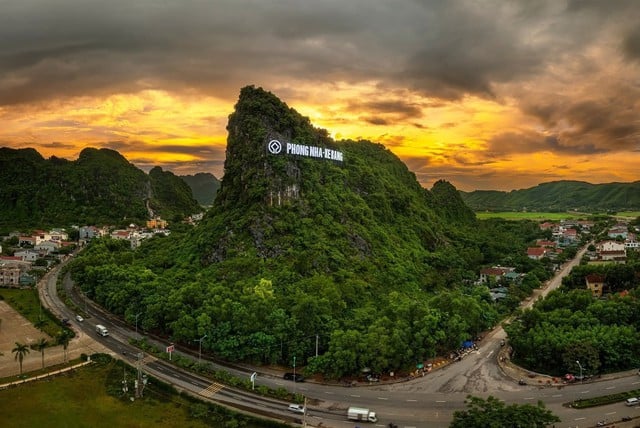
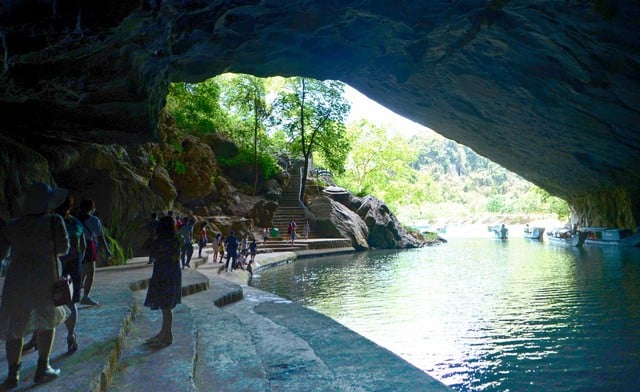
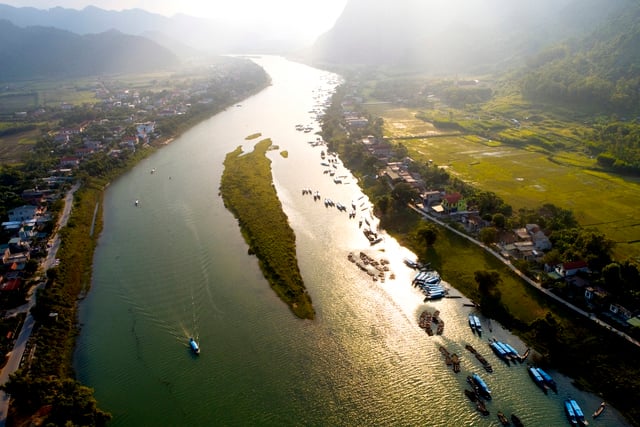
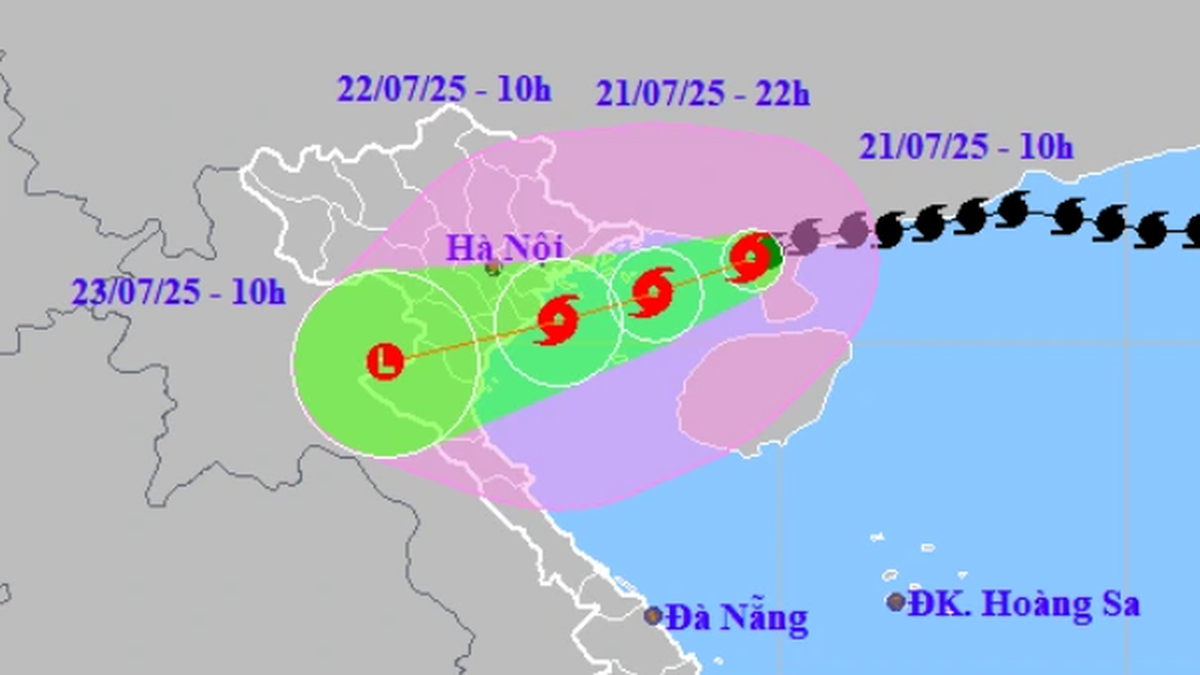
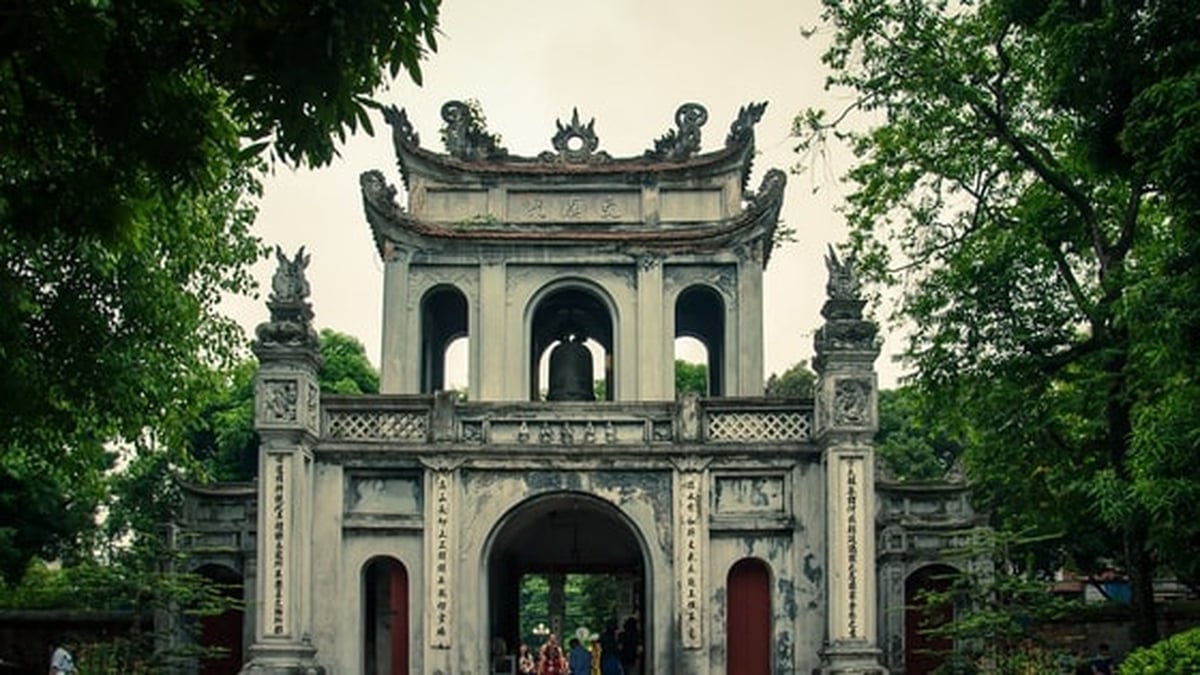
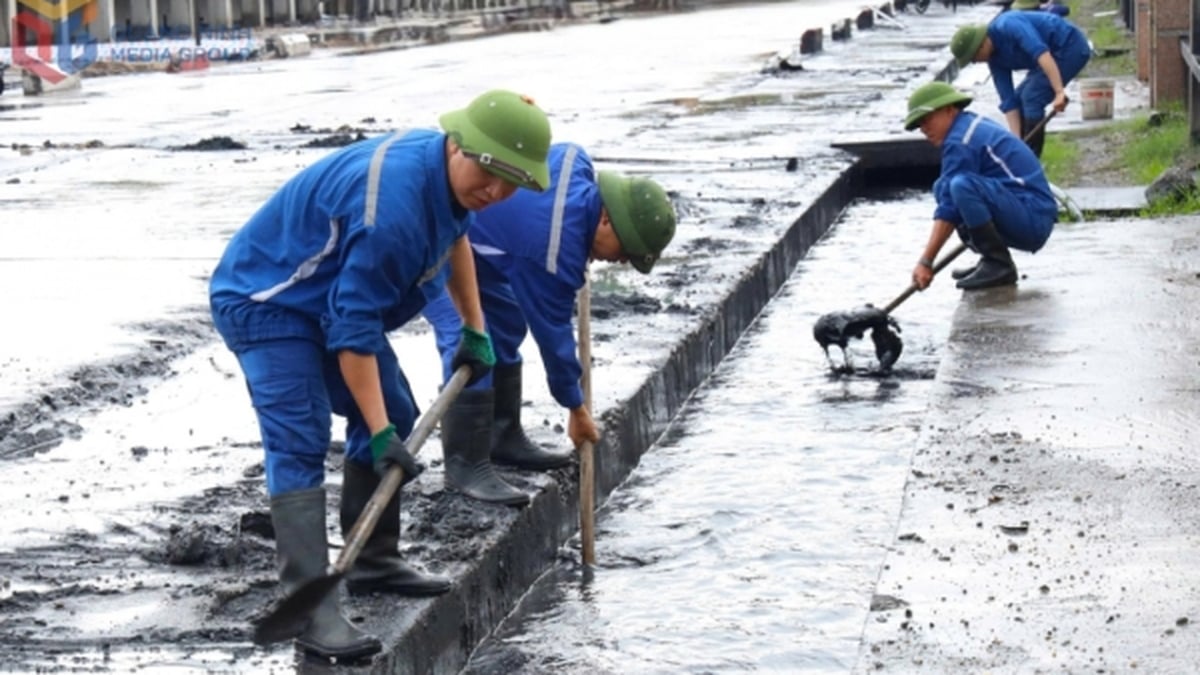
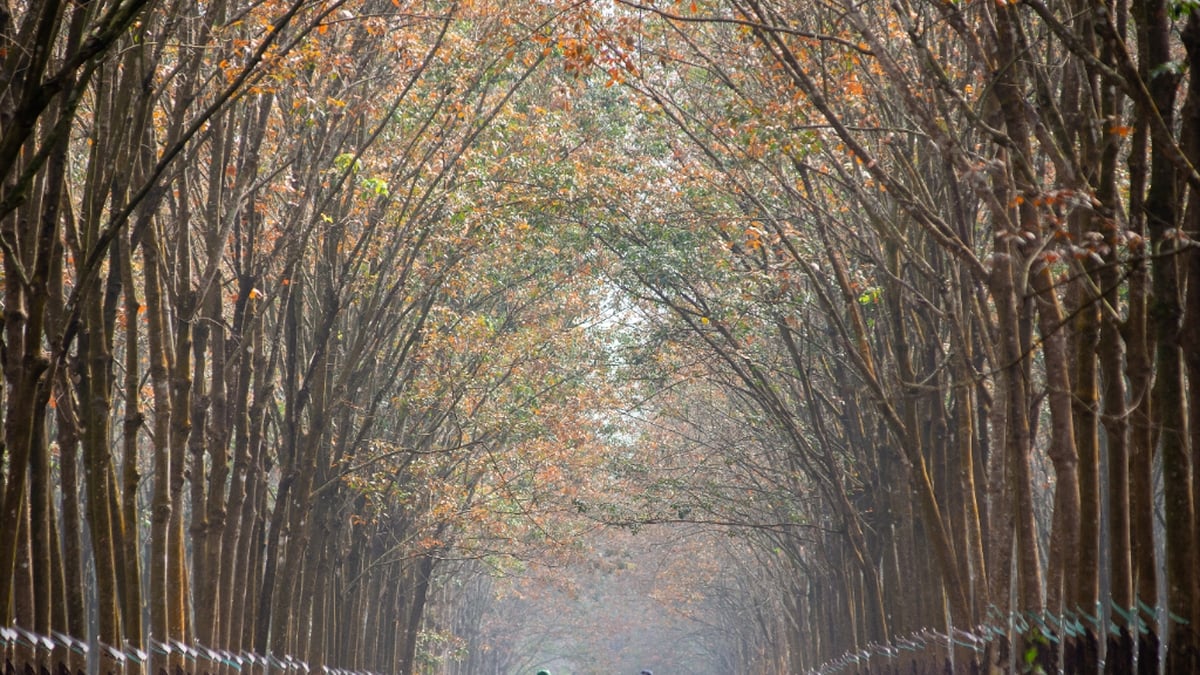


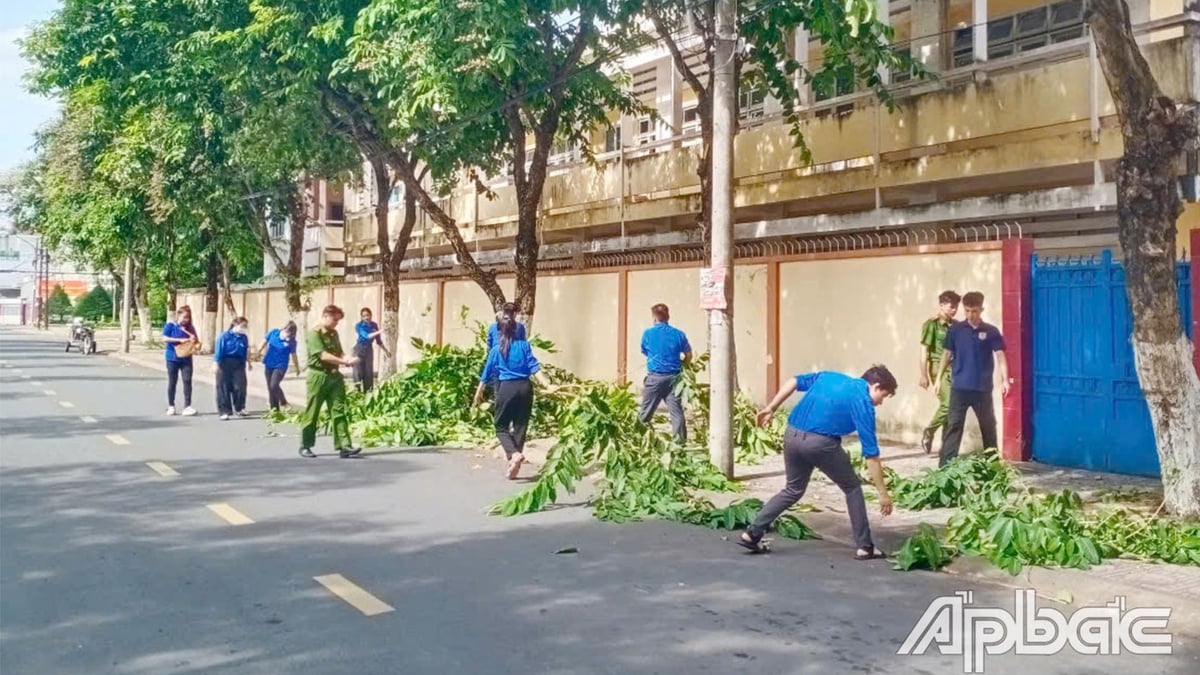
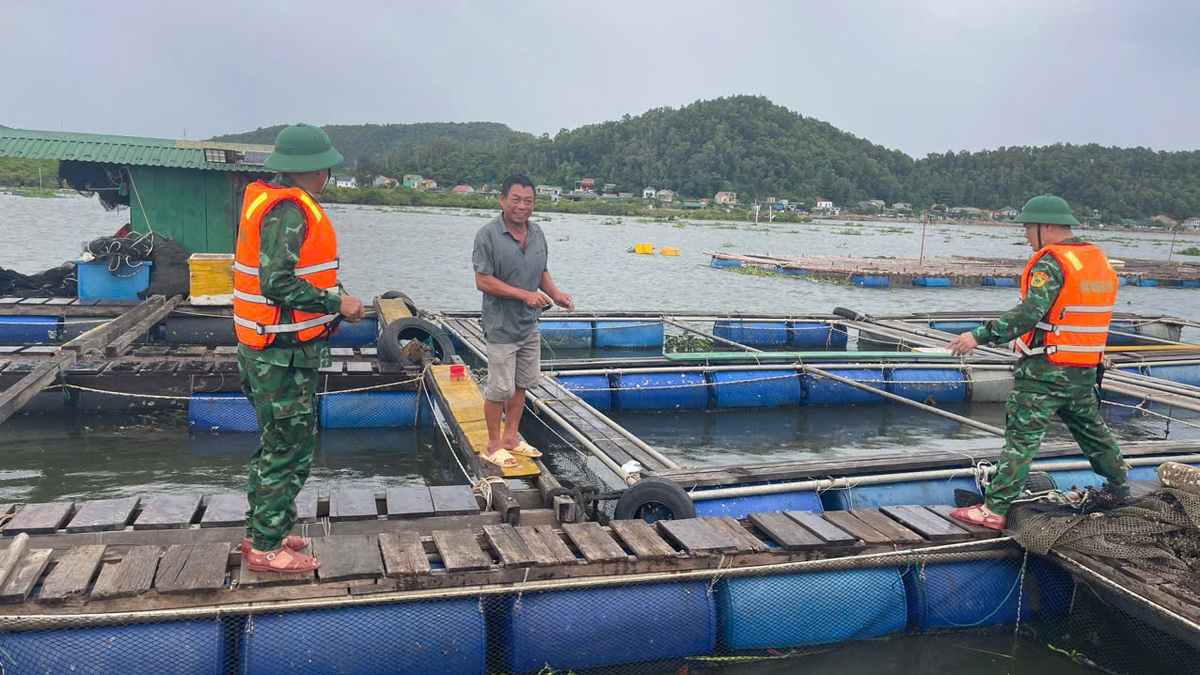



















![[Photo] National Assembly Chairman Tran Thanh Man visits Vietnamese Heroic Mother Ta Thi Tran](https://vphoto.vietnam.vn/thumb/1200x675/vietnam/resource/IMAGE/2025/7/20/765c0bd057dd44ad83ab89fe0255b783)






























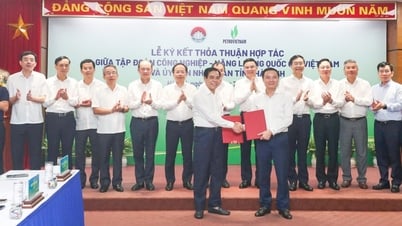


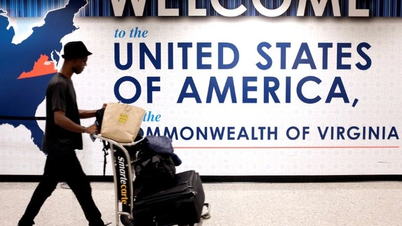




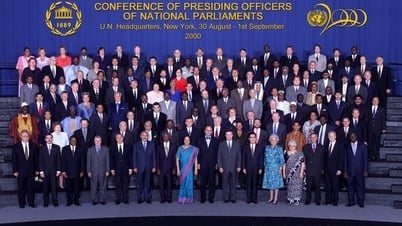
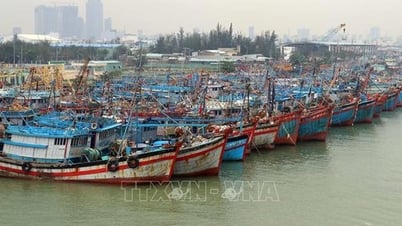

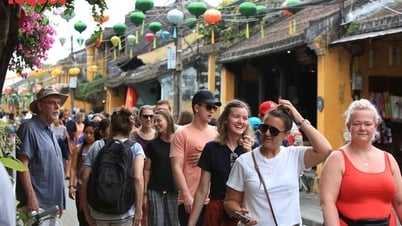
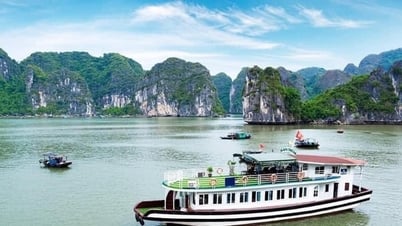
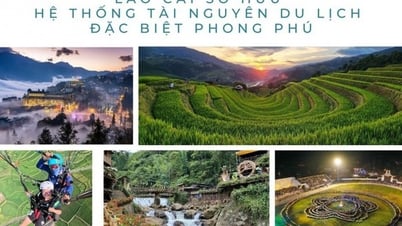


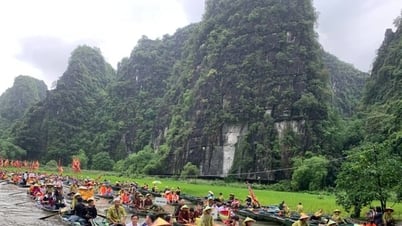





















Comment (0)